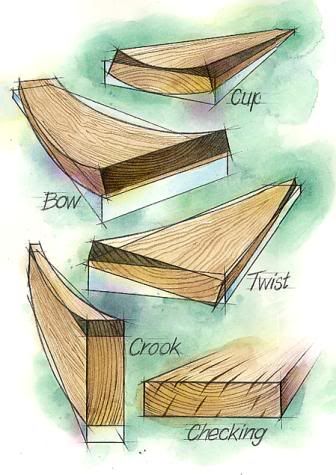If you posted at least your location, you might get an invite to a local woodworkers shop to learn how to do stuff. Without your location shown, folks just will not bother. And if you want to stay secret cause you worked for the company, that's ok too.




 Reply With Quote
Reply With Quote




 ??? Not where I am. If it's rough and sold as 4/4, it has to be an honest 4/4. Most of the common domestic species are often sawn "heavy" and will actually measure an extra 1/16th. Walnut seems to be an exception, it's usually spot on. I believe most states weights and measures regulations cover this, and since so much lumber is shipped across state lines, there are federal laws or regs concerning it, also. Dimensioned lumber is another story.
??? Not where I am. If it's rough and sold as 4/4, it has to be an honest 4/4. Most of the common domestic species are often sawn "heavy" and will actually measure an extra 1/16th. Walnut seems to be an exception, it's usually spot on. I believe most states weights and measures regulations cover this, and since so much lumber is shipped across state lines, there are federal laws or regs concerning it, also. Dimensioned lumber is another story.
